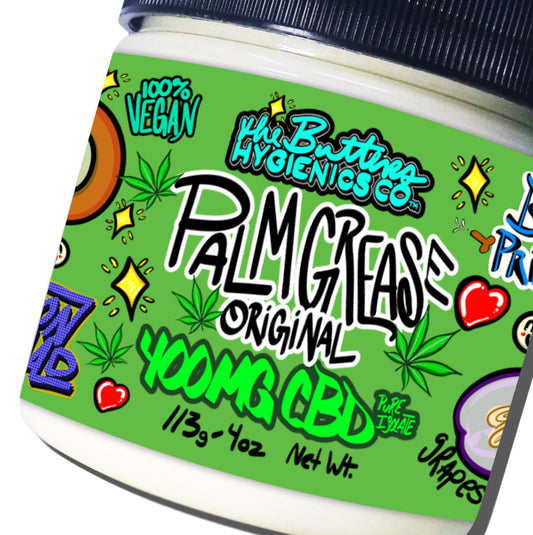
Debunking Myths About Uncircumcised (Natural) Penises: The Facts You Need to Know
Share
Natural penises (uncut, uncircumcised) are often surrounded by myths and misconceptions. Let's debunk some common ones with research-backed information.
Myth 1: Uncircumcised Penises Are Unhygienic
Reality: Proper hygiene is key, regardless of circumcision status. For uncircumcised men, gently retracting the foreskin and cleaning with water during regular bathing is sufficient. The foreskin protects the glans and maintains natural moisture. Studies indicate that with proper care, uncircumcised men do not have higher rates of infections compared to circumcised men.
Myth 2: Uncircumcised Men Have Reduced Sexual Pleasure
Reality: The foreskin contains numerous nerve endings, contributing to sexual sensation. Research shows that circumcision does not adversely affect sexual pleasure, function, desire, or fertility. Some studies suggest that circumcised men may have a lower risk of certain sexually transmitted infections (STIs), including HIV.
Myth 3: Uncircumcised Penises Are More Prone to Infections
Reality: While some studies suggest a slightly higher risk of certain infections in uncircumcised men, proper hygiene significantly mitigates this risk. The foreskin itself contains immune cells that help protect against pathogens. Maintaining cleanliness is the primary factor in preventing infections, not circumcision status.
Myth 4: Uncircumcised Boys Will Inevitably Need Circumcision Later Due to Phimosis
Reality: Phimosis, where the foreskin cannot be retracted, is common in young boys and often resolves naturally by adolescence. Only a small percentage may require medical intervention. For those cases, treatments like topical steroids or gentle stretching are effective alternatives to circumcision.
Myth 5: Uncircumcised Penises Are Less Aesthetic
Reality: Aesthetic preferences are subjective and culturally influenced. In many cultures, an uncircumcised penis is the norm and considered natural. Perceptions of aesthetics vary widely, and there's no universal standard of attractiveness regarding circumcision status.
Myth 6: Uncircumcised Men Are at Higher Risk of Penile Cancer
Reality: Penile cancer is extremely rare, and while some studies suggest a slightly higher incidence in uncircumcised men, the overall risk remains low. Factors like smoking, HPV infection, and poor hygiene are more significant contributors to penile cancer risk than circumcision status.
Myth 7: Uncircumcised Men Have More Difficulty with Condom Use
Reality: Condom use is effective for both circumcised and uncircumcised men. The foreskin does not interfere with the proper application or function of condoms. Ensuring the condom is worn correctly is key to its effectiveness, regardless of circumcision status.
Understanding these facts helps dispel myths and promotes informed decisions about male genital health.








